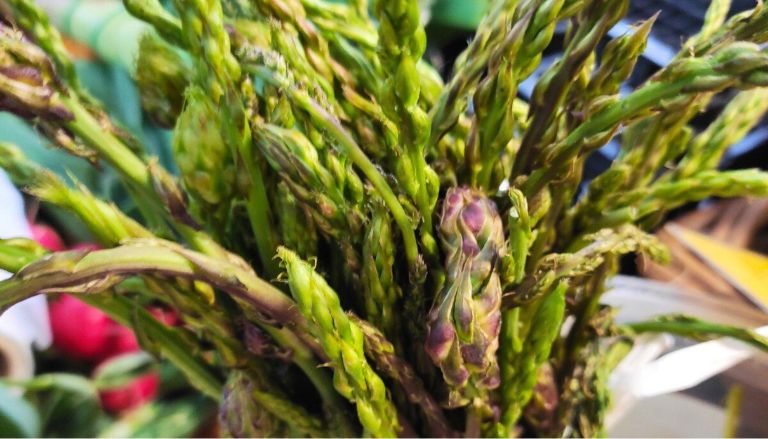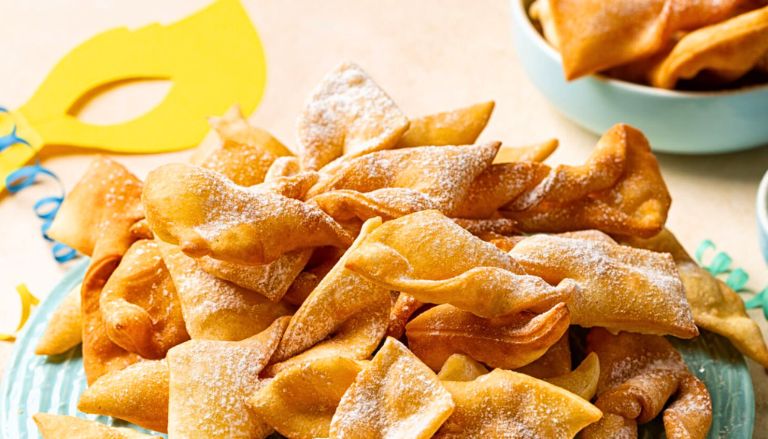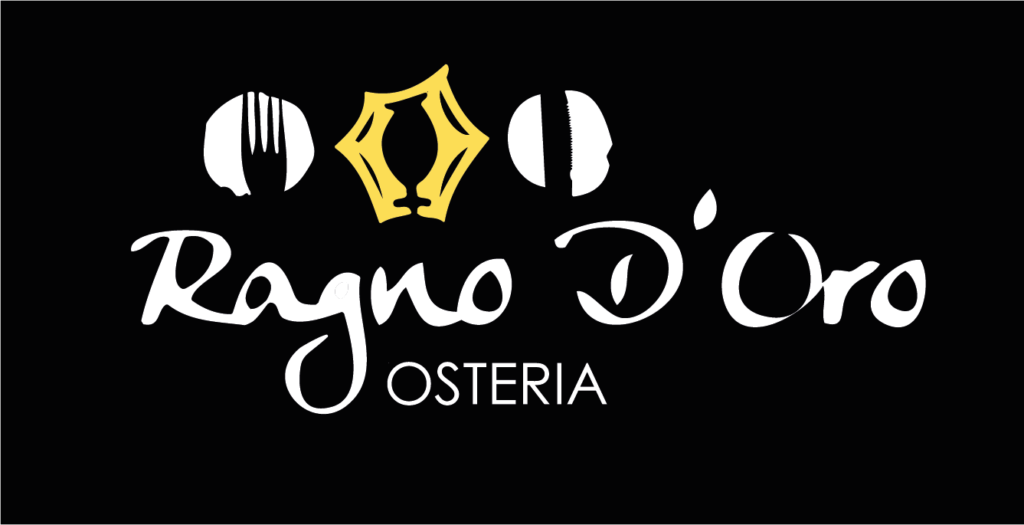Easter desserts in Rome and Lazio

The joyful Easter season is approaching and along with it, tables are filled with delicacies. In this article we will take a look at the Easter sweets in Rome and Lazio, which have always added flavour and colour to this important holiday, making it even more magical and characteristic. Sweet Roman pizza Also better known as pizza cresciuta, this is not a real pizza, but a tall, fluffy cake, the preparation of which takes at least two days and a lot of patience. Also present in its salty version, in this section we will focus on describing the sweet version, with its special cinnamon flavour and the presence of candied citrus fruits. Each family, however, has its own special trick up its sleeve in the preparation of this typical Latium dish, in fact in some of its versions we can find anise seeds, nutmeg and/or liqueurs such as alchermes or maraschino. In all its variations, however, it remains a much-loved and essential dessert during this festive season. Pizza sbattuta We now proceed to the second sweet pizza typical of the Roman area, but again this is not a real pizza. Pizza sbattuta takes its name from its preparation, in fact it is a very soft and light cake without the use of yeast, perfect to be combined with sweet creams or chocolate Easter eggs. To give it its shape, it is necessary to beat the eggs and sugar together for a long time, at least an hour, in order to obtain a foamy and light mixture to which a bit of lemon peel and icing sugar is usually added to finish it off nicely. Easter Tortano It is a variant of the Easter cake from the lower Lazio region, decorated on the outside with an egg white and sugar-based icing called “naspro”, decorated according to personal preferences with coloured sprinkles and sugared candies. Tortano is a cake that has been left to rise for hours and, except for the icing, it is not very sweet. In fact, the characteristic flavour is given by the presence of anise seeds in the mixture and the use of liqueur. It is also available in its variant with a typical ring-shaped cake called tortero di Lenola, to which the outer sprinkles are usually not added. Pasqualina cake Whereas towards Anagni we find the pasqualina cake, which looks similar to a filled tart: this typical dessert from Ciociaria has a fragrant outer crust and a soft filling of ricotta, rum and alchermes. In conclusion, when Easter approaches, Lazio is overwhelmed by the flavours and aromas of these delicious sweets, an integral part of tradition. In fact, those we have listed in this article are only some of the most popular, but we invite you to explore this region rich in history and culture to discover other variants, similar in ingredients but different in shape and history.
March vegetables

Spring is coming and it brings with it a delightful air of change, which is also reflected in the choice of primary ingredients. In this article we are going to look at which vegetables are in March and how they can be used in the kitchen. Artichokes Popular in Roman cuisine, artichokes are among the leading protagonists of this season. With their unique taste, they possess many beneficial effects for different areas of the human body. They are in fact rich in fiber and contribute to intestinal regularity by helping digestion. In addition they contain potassium, support cardiovascular health and strengthen the immune system thanks to the presence of vitamins A, B and C and K. Versatile and tasty, we find them in many recipes and in Rome you cannot miss trying their famous variant “alla Giudia” which involves crispy frying, making them perfect both as an appetizer and as a vegetable side dish or second course. To find out more about the importance of this vegetable in Roman tradition read our dedicated article! Asparagus Rich in water, vitamins A, C and E and minerals, low in fat and cholesterol-free, asparagus makes its way into spring, ready more than ever to spice up many of your dishes. As well as their cousins artichokes, they are a food you should introduce into your diet for the many benefits they are able to bring to your health. As mentioned earlier, this vegetable has an important diuretic power that makes it particularly recommended for those who suffer from high blood pressure and heart problems; it is also very important for muscle health and helps to fight the development of cellulite. In Rome, asparagus is an essential ingredient for the proper success of Vignarola Romana: it is a typical dish made with fresh vegetables among which we also find the previously mentioned artichokes, along with broad beans, peas and Roman lettuce. For those who love strong flavors, it is possible to enrich it with pork cheek and a splash of wine. This recipe is perfect as a side dish, main course or also lends itself well as a good condiment for pasta. Bitter vegetables Seasonal vegetables also include bitter ones, such as chicory or puntarelle. These carry with them a considerable amount of beneficial properties: they are useful for regulating blood sugar levels, in digestion and against constipation, essential for proper liver function, strengthen the immune system and are rich in vitamins, minerals and antioxidants. But how do they perform in the kitchen? Bitter spring vegetables are ideal as a side dish, lightly tossed in a frying pan or grilled with a drop of oil that can enhance their unique and sharp taste, but you can find them in many recipes or in combination with other raw materials as it happens with anchovies in the case of the typical Roman salad of puntarelle. We are waiting for you every day at Ragno D’Oro where you can taste some of these recipes that we daily prepare with all the love and care expected from traditional Roman cuisine. Contact us now to reserve your table!
Carnival in the Roman tradition

We are now in the most cheerful time of the year with costumes, festoons and confetti populating the squares and filling them with colour, while mouth-watering dishes fill the tables of Italians. In this article we will talk about Carnival in the Roman culinary tradition, so get ready for plenty of sweets with frappe, castagnole and ravioli! Frappe Fried or baked, frappes are crispy golden strips covered with powdered sugar. You can find them either plain or flavoured with vanilla or various liquors and covered in chocolate for the sweet-toothed. Today, they are considered the descendants of the ancient Roman frictilia, typical sweets fried in pork grease, which were distributed in the streets on the occasion of Saturnalia, when people celebrated gluttony and the abundance of the earth. Castagnole Also available in both a fried version and a lighter oven-baked variant, castagnole are the ultimate sweet when it comes to Roman Carnival. Their shape is reminiscent of chestnuts, from which they take their name, but they are balls of baked dough covered in granulated sugar. There are ones for all tastes, in fact you can enjoy them plain or filled with cream, ricotta or chocolate. Ravioli Last, but not least in terms of goodness, we find ravioli. Similar in shape to the famous pasta, but don’t be fooled: these are real desserts! Fried or baked, their strength is their filling, which in the most traditional versions includes chocolate, ricotta or even cinnamon, although today there are many variations, such as cream-flavoured or fruit jams. Now that we have told you about these delicacies, don’t waste any time and hurry up and taste them while they are available! For a dive into traditional Roman cuisine, we are waiting for you every day at Ragno D’Oro in Via Silla 26, 00192 Rome. Call us on 06 321 2362 to reserve a table or use the form on our website.
Roman Christmas dishes: how to find them in tradition

Christmas is approaching and, like every year, it is a good tradition to spend these moments with the family, in front of a large table set to the right order, surrounded by bingo, laughter and relatives. In Rome, there is a long tradition of culinary delicacies that just can’t be missed, and although there are now many reinterpretations, these origins still hold strong roots in many homes. In this article we will tell you about the inimitable Christmas dishes of the Roman tradition, get ready to have your mouth watering! Christmas Eve dinner According to tradition, meat is abolished on 24 December, but fear not: Roman cuisine still provides excellent fish and vegetable dishes for the occasion. Starting with the appetisers, you cannot miss the fried food, usually broccoli and artichokes, elements that are present in every variation in Roman dishes, while for fish we find fried squid and sometimes also shrimps (often presented as a second course) and fried cod. A typical and must-have dish is then the broth of arzilla with pasta and broccoli: a fish that is not so frequently used but is nevertheless much appreciated in this hot, full-bodied and tasty meal, able to please young and old alike. This is followed as a first course by a nice plate of spaghetti with clams. As a side dish, puntarelle salad with a dressing of garlic, oil and anchovy fillets, which make this vegetable particularly popular and suitable as an accompaniment to the above-mentioned dishes, or for those who still have room for something less light, mashed broccoletti and chicory are always a good option. Christmas lunch There is only one serving that can open the dances for lunch on 25 December: stracciatella. Definitely not an ice-cream flavour, it is rather a meat broth (usually chicken) with scrambled egg, pepper, salt, Parmesan cheese, nutmeg and lemon zest that gives it a unique, spiced flavour. First courses include baked cannelloni stuffed with meat or ricotta and spinach according to preference, lasagne or home-made egg fettuccine with meat sauce. A second course that absolutely cannot be missed is fried lamb ribs, or alternatively, for those who want to reduce the amount of fried food, lamb ‘allo scottadito’ with a side dish of baked potatoes. Christmas desserts Did you think this was the end? Clearly not, and we certainly couldn’t leave out the desserts. Among the oldest are pangiallo, which finds its origins in Ancient Rome and more precisely during the Imperial Age. It is made from a mixture of dried fruit, honey and candied citron, orange and lemon peel, which is then baked and covered with a layer of batter. Then there is similarly the panpepato, also made from dried fruit, orange and the addition of cocoa, or for lovers of dry biscuits the Roman tozzetti, similar to cantucci, made from dried fruit and various spices such as cinnamon. Christmas without good food on the table is definitely not the same, having the chance to enjoy these delights surrounded by the warmth of affection is what contributes to making this holiday so magical. We hope we have inspired you with these Roman Christmas dishes!
Ragù: how to find it in Roman dishes

Italian meat ragù is certainly one of the most beloved dishes of the Italian culinary tradition, easily associated with the warmth of home and a Sunday lunch with the family. From the Bolognese one, to the Neapolitan one, to the Apulian one, there are many regional variants that still preserve the core, consisting of meat cooked for many hours in tomato sauce. Origins The etymology of the term comes from the French word ragoût, meaning a medieval dish of stewed meat, originally used as an accompaniment to other dishes. Brought to Italy around 1300 with the proclamation of the Pope from Avignon to the Vatican, the dish was later assimilated and revisited into the recipe known to us today, becoming principally a condiment for various types of pasta. The first variant was the Neapolitan one, made in 1773 by Vincenzo Corrado, which however was still influenced by the French, making it more similar to a stew or braised meat; therefore the real origin of what we are familiar with today is attributed to the Bolognese version of 1891, formalised by the first recipe written by Pellegrino Artusi, which included ingredients such as: veal, celery, onion, carrot, pork belly, the addition of broth during cooking and sometimes milk. It was only in the first decade of the 20th century, however, that we got to the current recipe with the introduction of tomato sauce as an essential ingredient, wine blending and the replacement of macaroni with tagliatelle. Ragù in Roman cuisine Today, almost every region of the peninsula boasts its own reinterpretations and different applications of the iconic ragù, and our beloved capital is certainly no different. In this article we will tell you about three Roman dishes that pay homage to meat sauce in a decidedly original way that is faithful to tradition. Rigatoni with oxtail in tomato sauce Originally a poor and popular dish, today oxtail is to all intents and purposes part of the most typical Roman cuisine and is something you absolutely must try if you really want to immerse yourself in the flavours of tradition. Similar to the classic ragù, in order to acquire tenderness, the tail meat is left to cook in a tomato sauce seasoned with ingredients such as celery and cloves, for about six hours. The accompaniment to rigatoni is perfect, as this typical type of Roman pasta is particularly suitable for thick, full-bodied sauces, and a sprinkling of pecorino cheese with an intense, pungent flavour is used to finish it off. Lasagna Roman style Another perfect recipe for a Sunday lunch with the family, we reveal however that there is not just one way to prepare lasagna, as in Rome there is an entirely typical recipe (and it is still delicious). Forget the béchamel sauce, in this recipe it is the mozzarella cheese that takes its place and the sauce is richer in tomato, while the meat ragù remains one of the key elements to make this dish a true delicacy, consisting of: minced meat, onion, celery, carrot, tomato sauce, oil and salt. Supplì Not to be mistaken for arancine, the Roman supplì is an iconic elongated, fried rice ball, a perfect street food or appetiser. Again, its name originates from surprise, a term often exclaimed by French soldiers during the Napoleonic occupation at the end of the 18th century, who, after the first bite, were captivated by the discovery of its stringy filling, hidden by the crispy external breadcrumbs: composed of rice, mozzarella cheese and, of course, our star ragù sauce. Immerse yourself in tradition If we have impressed you with these traditional delicacies then we invite you to try some of these dishes, and many more, at Ragno D’Oro in Via Silla, 26 (RM). Contact us now to book your table!
